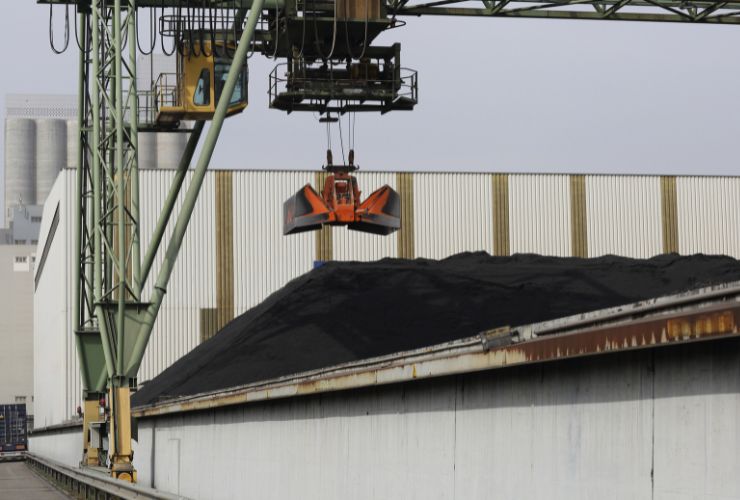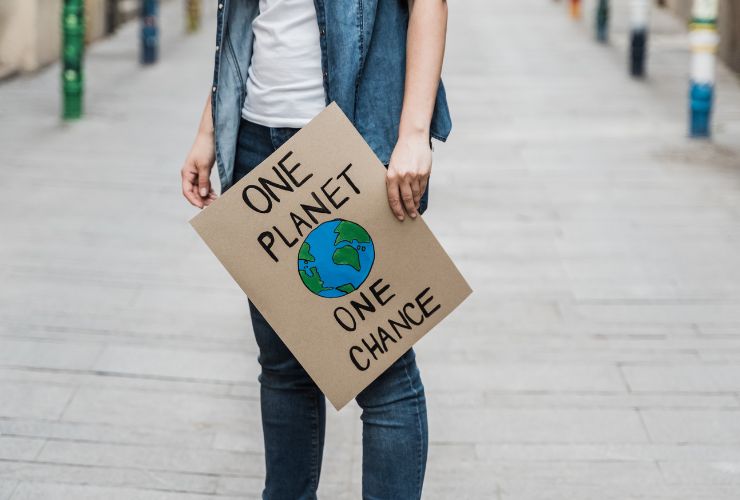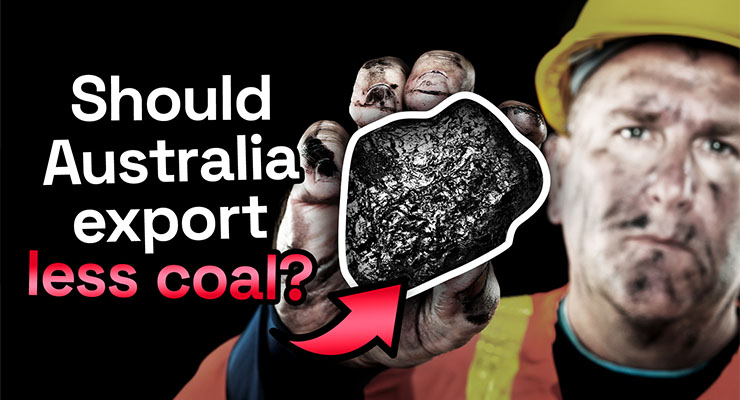Fast read
Australia is increasingly recognising its global emissions responsibility, extending beyond its domestic carbon footprint. It must limit global warming to under 1.5 or 2 degrees. This includes accounting for CO2 impacts from coal exports and embedded carbon in imports.
International agreements support the need to reduce coal exports. Australia can transition to renewable energy, utilising abundant solar and wind resources. Exporting renewable energy and green hydrogen can become a major industry. While natural gas offers a short-term improvement over coal, long-term solutions lie in renewable energy technology.
These changes would improve air quality, protect the environment, combat climate change, and diversify the economy. Australia can lead in clean power generation and emissions reduction.
Should Australia Stop Exporting Coal?
As Australia and the world look to reduce global emissions to limit global warming to under 1.5 or 2 degrees, there comes more awareness and discussion on how to recognise the CO2 impact of a country. This is prevalent in the rise of countries’ taking global responsibility and accountability for their emissions caused by coal exporting.
For Australia, one of the key concerns is that they produce about 1.5% of global CO2 emissions from the domestic economy. However, as Australia is one of the largest exporters of coal and natural gas to global markets, it is seen that Australia should also bear accountability for the carbon emissions from the coal that is exported to other markets.
Many also believe that since Australia imports a substantial amount of goods from overseas, the country should also assume responsibility for the embedded carbon of these imports. When we do this, Australia’s carbon footprint emerges as one of the largest in the world, particularly when assessed on a per capita basis.
Coal Exporting
There is an international legal basis around taking coal exports into account through the Stockholm Convention 1972 and the Rio Declaration 1992. Australia is a signatory to both.
This principle recognises the importance of not causing harm. Parties must make sure their activities do not harm the environment of other states or parties under their control. They are responsible for ensuring this.
As such, it is seen that Australia should reduce its exports of coal. This reduction would be to reduce its extended carbon footprint and accountability for the carbon content of the coal that is being exported.
The world is using less coal for electricity and energy. Australia should prepare for less supply chains and demand. The nation should focus on other opportunities to develop and promote industries that offer economic growth and export revenue opportunities.

What are the other options?
Renewable energy
Australia is the perfect site for producing solar and wind energy due to its abundant sunshine and wind resources. Increasing infrastructure investment in renewable energy sources would promote sustainable economic growth, simultaneously reducing reliance on coal.
Exporting renewable energy
Australia can build industries around renewable energy, like making and exporting green hydrogen as a clean fuel. We can do this by setting up solar and wind farms. These solar farms would generate lots of electricity to power big machines called electrolysers, which make hydrogen.
Natural gas
Natural gas can be the short-term solution when moving away from coal. It is a cleaner-burning fossil fuel that produces fewer greenhouse gas emissions and air pollutants. This would not be ideal in the long term, but it is an improvement from coal in the short term.
What would the effects be?
Improved air quality
When coal burns, it releases harmful substances like sulfur dioxide, nitrogen oxides, and tiny particles that can make people sick. These pollutants can lead to breathing problems and heart issues. By cutting back on coal exports, Australia can make the air cleaner and improve public health. This move will help reduce respiratory and heart problems caused by air pollution, making life better for everyone.
Environmental improvements
There are many negative effects of coal mining and burning that harm the environment in many ways, like cutting down forests, polluting water, and destroying habitats. If Australia exports less coal, it can help protect wildlife and fragile ecosystems. This means preserving biodiversity and keeping important habitats safe. By reducing coal exports, Australia can take a big step towards safeguarding the environment for future generations.
Global energy shift
More and more, people are worried about climate change and the prices of solar and wind power are dropping, making renewable energy more popular. Australia has lots of potential for renewable energy, like solar and wind power. By getting on board with this change, Australia can become a top player in making and selling clean energy worldwide. This move not only helps fight climate change but also boosts Australia’s reputation as a leader in clean energy technology.
Climate change mitigation
Coal is a significant contributor to climate change because it generates a substantial amount of greenhouse gases. If Australia exports less coal, it can help fight climate change worldwide. By using more renewable energy like solar and wind power instead of coal, Australia can cut down on pollution and create new jobs.
Reducing coal exports will also help Australia deal with problems caused by climate change, like extreme weather and rising sea levels. Australia can demonstrate that they value the environment and can attract investment in cleaner industries.
Reducing coal exports is a major way for Australia to make a significant impact in the fight against climate change. Australia can have a big impact on climate change by reducing coal exports.
This is a simple way for Australia to help in the battle against climate change. Australia can make a difference by reducing coal exports. Switching to cleaner energy sources will not only help the planet but also create a brighter future for everyone.

Economic diversification
Australia can also develop industries around energy efficiency and manufacturing. Those involved should look to develop vertical processing of other rich ores like lithium for batteries. Processing and exporting these minerals in Australia will add significant value to lithium. Doing so will create more streams in and out of the economy.
Summary
Australia is increasingly acknowledging its responsibility as a global leader in clean energy, not just in relation to its domestic carbon footprint but also concerning the CO2 impact of its coal exports and the embedded carbon in imported commodities. Australia can solve this problem by reducing coal exports and investing in renewable energy. We have abundant solar and wind resources that can be utilised for economic growth in the long term.
Australia can stop using coal and become a leader in clean energy by supporting renewable energy and green hydrogen production. This means shifting towards cleaner sources of energy. Australia can help the environment by investing in renewable energy and green hydrogen. This will make a positive impact on the planet and create a more sustainable future.
This transition will also create new job opportunities and boost the economy. This change would improve air quality and environmental protection and help the world’s energy system transition to a low-carbon future.



